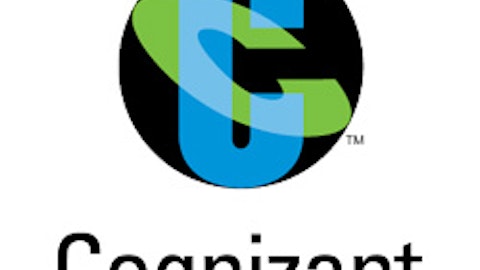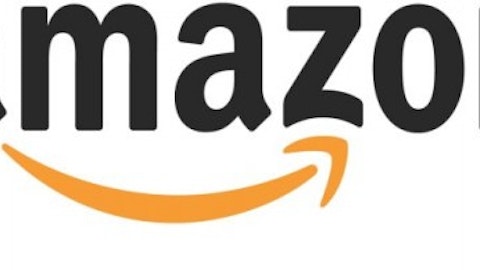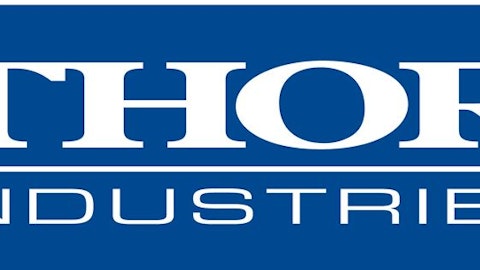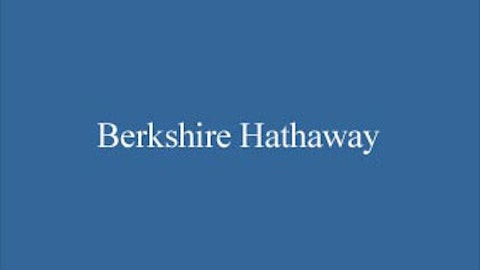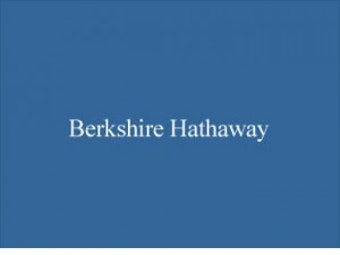
Why EBITDA is misleading
Warren Buffett, Berkshire Hathaway Inc. (NYSE:BRK.A)’s famous CEO, has downplayed the importance of EBITDA on numerous occasions in the past. According to Buffett, the extensive use of this metric is highly misleading for two main reasons. First, although depreciation and amortization are indeed “non-cash” charges, their nature of expense is very real. In fact, depreciation is a particularly unattractive expense because the cash outlay it represents is paid upfront, even before the asset has delivered any benefits to the acquirer. In that sense, excluding depreciation from earnings is living in wonderland. Second, EBITDA completely ignores capital expenditures on the ongoing maintenance of the business. Put differently, investors who are counting on EBITDA will never see the true results of the business because the figures relating to capital expenses will always be missing.
The much more favorable alternative
I believe that the best measure of a company’s operating success isn’t EBITDA, but the free cash flow (FCF) that the company generates. FCF measures how much cash a company generates after collecting from customers, paying employees, keeping the lights on, and buying and maintaining the machines that generate revenue. Using net income and/or earnings per share can be misleading. Those figures can be rife with non-cash expenses and “revenues” that will never lead to cash inflows. FCF filters out the noise and focuses on whether or not the business is generating cash for its owners.
Which companies highlight FCF
Many companies use FCF in conjunction with metrics like EBITDA, but a few select companies use only the former and and never the latter. These companies are worth a close look. Take The Gap Inc. (NYSE:GPS), for example. If you carefully search for the term EBITDA in The Gap Inc. (NYSE:GPS)’s annual reports, you won’t find it. It isn’t there not because the company forgot to add it, but because The Gap Inc. (NYSE:GPS) doesn’t believe in imagined metrics like EBITDA. Instead, you will find extensive use of the FCF metric mentioned above. For example, in fiscal year 2012 The Gap Inc. (NYSE:GPS) reported generating $1.3 billion of free cash flow. In its annual report, management clearly explains why it employs FCF as a gauge for success:
“We believe free cash flow is an important metric because it represents a measure of how much cash a company has available for discretionary and non-discretionary items after the deduction of capital expenditures, as we require regular capital expenditures to build and maintain stores and purchase new equipment to improve our business. We use this metric internally, as we believe our sustained ability to generate free cash flow is an important driver of value creation…”
“In fiscal 2012, we generated free cash flow of $1.3 billion compared with free cash flow of $815 million for fiscal 2011. We distributed $1.3 billion to shareholders through dividends and share repurchases”
To me it seems obvious that a company that focuses on real metrics like FCF instead of imaginary ones like EBITDA will be highly shareholder-oriented. As you can see above, The Gap Inc. (NYSE:GPS) has literally returned all of its annual cash flow back to the hands of its shareholders.

